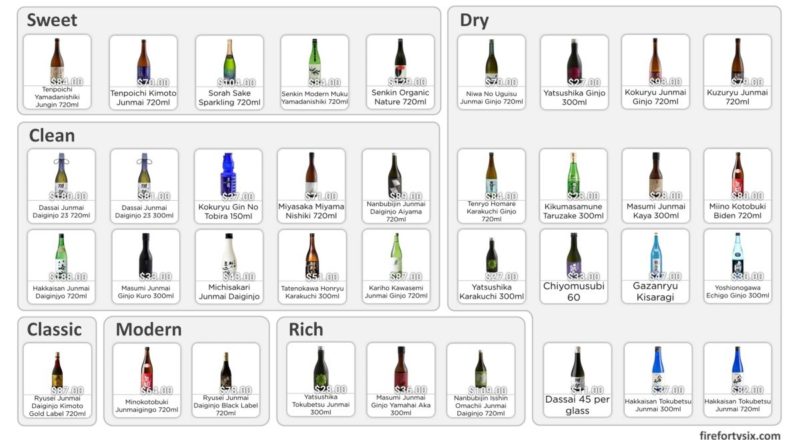During a recent visit to Ippudo Ramen at Raffles City, I couldn’t help but notice their huge sake fridge stocked with many bottles of nihonshu from various breweries across Japan.
It was quite intriguing because Ippudo is a ramen chain store after all, and the large diversity of bottles on offer is more commonly seen in a sake bar, izakaya or sushiya.
In addition to the usual suspects of Dassai (獺祭), Kubota (久保田) and Hakkaisan (八海山), there were some that looked familiar like Nanbubijin (南部美人) and Masumi (真澄) but many were brands that I had not come across before.
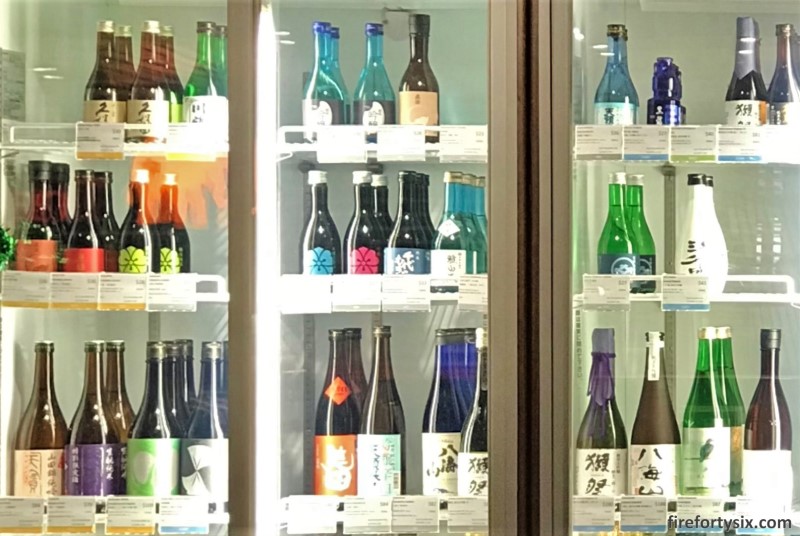
Browsing through their digital menu, I counted more than 30 bottles in the sake section, helpfully categorised by flavour profile to help newbies like me make an informed choice instead of taking a stab in the dark.
So far, in my sake exploration journey, I’ve had the chance to compare taste differences arising from rice polishing levels, serving temperatures, rice varietals and brewery locations. Given the wide variety on offer, it seemed like Ippudo was going to be a great place for me to continue my practical education in nihonshu.
Both The Wife and I prefer smooth and sweet sake, so it was natural that I checked out the Sweet selection first. Our favourite rice varietal so far seems to be Yamadanishiki, and there were two bottles made using that rice, so we’d probably want to try either one of them first.

The Tenpoichi Yamadanishiki Jungin is made in Hiroshima and has an SMV of +1.5, whereas the Senkin Modern Muku Yamadanishiki comes from Tochigi and sports an SMV of -2.0. Between the two, we’d probably enjoy the latter more.
I’m not sure how Clean sakes tastes like, but the list includes the super famous (but seriously overpriced) Dassai JDG 23. I had bought a bottle back from Haneda Airport a long long time ago, but don’t recall how exactly it tasted. At current prices, I’m not about to try again anytime soon.
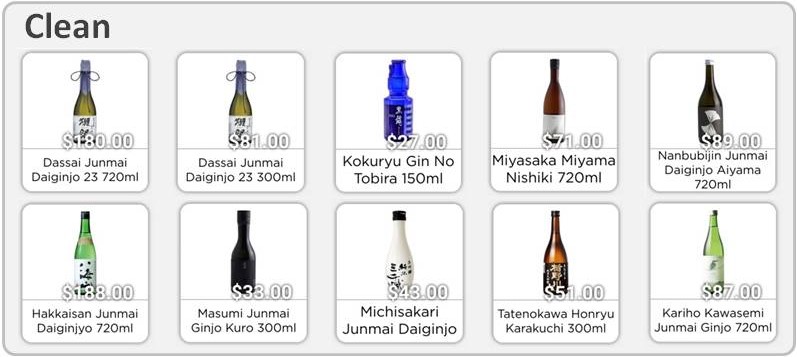
Instead, I’d probably go with the Nanbubijin JDG Aiyama (SMV -2.0) from Iwate prefecture because of the Aiyama rice used. We had a really nice glass of Raifuku JG Aiyama at Tanoke, and I’d be curious to see (or more accurately, taste) how they compare.
The smallest selections on the menu were from the Classic and Modern categories. I suppose the Ryusei JDG Kimoto Gold Label was given the classic label given that it’s brewed using the time and labour intensive kimoto (生酛) method passed down from olden times.
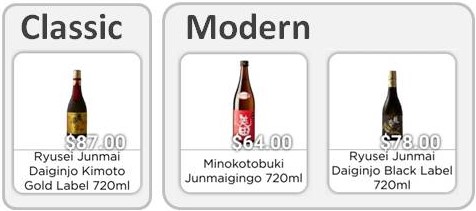
It would be interesting to do a back-to-back taste test comparing the Ryusei JDG Kimoto Gold Label and the Ryusei JDG Black Label.
They’re both made by the same brewery in Hiroshima using Yamadanishiki rice polished down to 50%, so the main flavour difference should come from the different brewing method. It would have been ideal if they came in smaller 300ml bottles though.
The Wife’s favourite sake (Born JDG Gold) and mine (Kuheiji JDG Eau du Desir) share one common characteristic — both have a high acidity value of 1.6. So, I think it would be safe to assume that we would enjoy the three nihonshu in the Rich category.
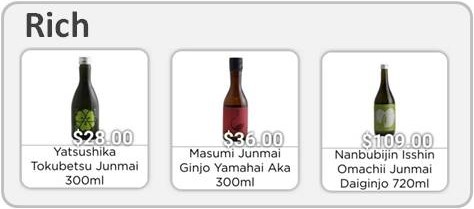
In particular, the Masumi JG Yamahai Aka would be interesting to try given that it’s brewed using the yamahai (山廃) technique, also passed down from olden times. It’s slightly simplified from the kimoto method and it’s supposed to result in higher acidity sake with a gamier and wilder flavour.
The Masumi product page for the Aka lists its acidity value mysteriously as “Undisclosed”, adding to the allure. It does provide a hint of its rich flavour by listing down the following food pairing suggestions:
Dark meat fish, grilled & roasted meats with robust sauces, stewed mushrooms, roasted root vegetables, aged cheese.Nice.
The largest selection in the menu belonged hands-down to Dry sakes, which is most likely a reflection of the most popular style in Singapore. It’s the style that my fellow sake-loving friend JM prefers so he’ll be in-charge of deciding which bottle to choose.

If he has no particular preference, then I’d go with the Masumi Junmai Kaya, only because it would be nice to compare it with the earlier Masumi JG Yamahai Aka.
I would never have imagined that a ramen chain store would have such a wide selection of nihonshu across so many flavour profiles.
But now that I know, Ippudo Ramen is definitely going on our shortlist of drinking spots in Singapore.
